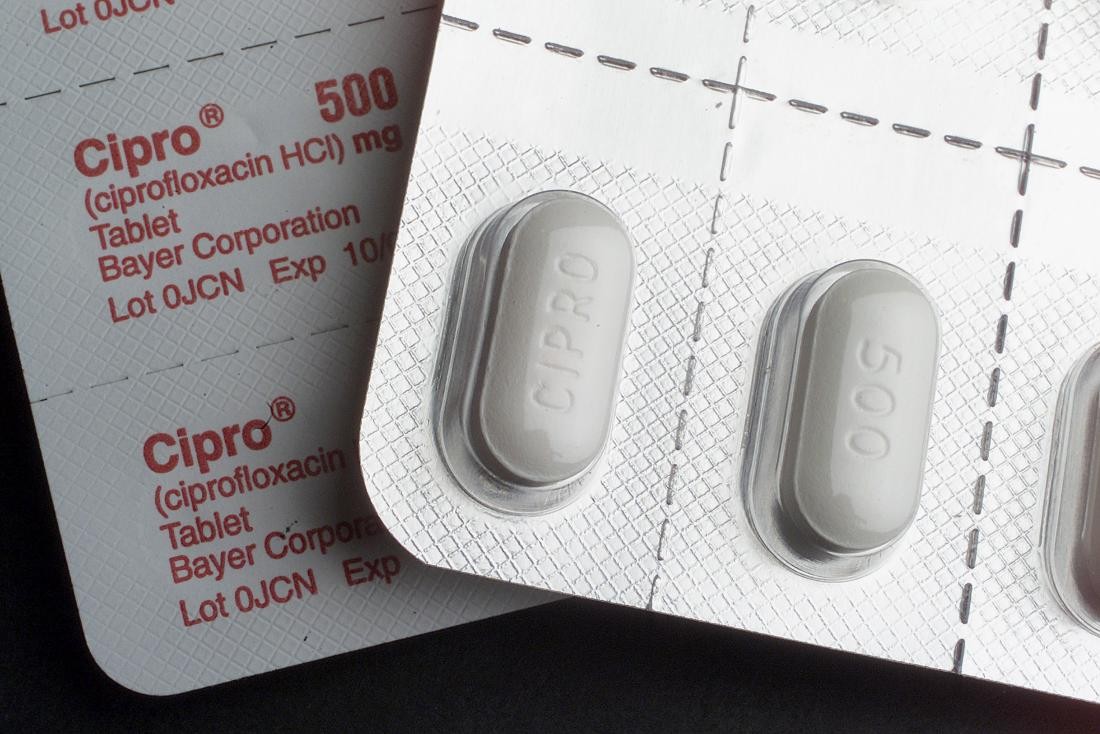
Contents
Nitrofurantoin vs. Ciprofloxacin
Nitrofurantoin is an antibiotic used to treat urinary tract infections (UTIs) caused by various bacteria, including E. Coli, Enterobacter cystitis, Enterococcus, Klebsiella, and Staphylococcus aureus. Nitrofurantoin inhibits the production of bacterial proteins, DNA, and cell walls, which are necessary for bacteria to survive and multiply. It is available in three forms: Furadantin, a microcrystalline form; Macrodantin, a macrocrystalline form; and Macrobid, a sustained release form of macrocrystalline. The macrocrystalline form is slower to absorb and is used for patients unable to tolerate the microcrystalline form.
Ciprofloxacin, also known as Cipro, is a fluoroquinolone antibiotic used to treat bacterial infections. It works by inhibiting the reproduction and repair of bacterial genetic material (DNA), preventing the multiplication of bacteria. Other fluoroquinolones include levofloxacin (Levaquin), ofloxacin (Floxin), gatifloxacin (Tequin), norfloxacin (Noroxin), moxifloxacin (Avelox), and trovafloxacin (Trovan). Ciprofloxacin is used to treat various infections, such as those affecting the skin, lungs, bones, joints, and urinary tract. It is also used for infectious diarrheas, anthrax with fever and low white blood cell counts, intra-abdominal infections, typhoid fever, cervical and urethral gonorrhea, chronic bacterial prostatitis, and acute uncomplicated cystitis.
QUESTION
Side effects of nitrofurantoin and ciprofloxacin?
Nitrofurantoin
Common side effects include stomach upset, which can be minimized by taking a lower dose, with food, or with milk. Possible serious side effects include lung injury, which can occur shortly after starting treatment or after a month of therapy. Other symptoms may include difficulty breathing, rapid breathing, and cough.
Nitrofurantoin can also cause damage to the sensory nerves of the arms and legs, resulting in tingling sensations. It can reduce red blood cell count and may cause liver damage and jaundice. Treatment with nitrofurantoin may cause urine to change color.
Ciprofloxacin
The most common side effects of Cipro and Cipro XR are anaphylaxis, or shock, which is a rare allergic reaction. Symptoms of shock include cardiovascular collapse, facial or throat swelling, shortness of breath, hives, and itching. Possible serious side effects include peripheral neuropathy and central nervous system effects, such as toxic psychosis, nervousness, agitation, insomnia, anxiety, nightmares, paranoia, dizziness, tremors, depression, and hallucinations. Other serious side effects include cardiac arrest and respiratory failure.
Dosage of nitrofurantoin vs. ciprofloxacin?
Nitrofurantoin
- The recommended adult dose for treating urinary tract infections is 50-100 mg 4 times daily (Macrodantin, Furadantin) or 100 mg every 12 hours (Macrobid) for 7 days or 3 days after obtaining sterile urine.
- Nitrofurantoin can be taken with or without meals, but taking it with meals increases absorption.
- The suspension can be mixed with water, milk, juice, or infant formula.
- It can also be used once a day or twice daily to prevent urinary tract infections.
- It should not be used in individuals with poor kidney function.
Ciprofloxacin
- For most infections, the recommended oral dose for adults is 250-750 mg every 12 hours (immediate release tablets) or 500-1000 mg every 24 hours (extended release tablets).
- The usual intravenous dose is 200-400 mg every 8-12 hours.
Drug interactions of nitrofurantoin and ciprofloxacin?
Nitrofurantoin
- High doses of probenecid or sulfinpyrazone can increase blood concentrations of nitrofurantoin, leading to a higher risk of toxicity.
- Concurrent use of a magnesium trisilicate antacid can decrease the absorption of nitrofurantoin, reducing its effectiveness.
- Nitrofurantoin may reduce the activity of live vaccines and quinolone antibiotics.
Ciprofloxacin
- Ciprofloxacin can lead to elevated blood levels of theophylline when used together, resulting in toxicity. Frequent blood tests to monitor theophylline levels are recommended in such cases.
- Ciprofloxacin increases the effect of tizanidine, which is used to treat muscle spasticity. The two drugs should not be combined.
- Iron salts and antacids may reduce the absorption of ciprofloxacin. If taking iron salts or antacids and ciprofloxacin, they should be taken a few hours apart.
- Ciprofloxacin may increase the blood thinning effect of warfarin. Anticoagulant activity should be monitored after starting or stopping ciprofloxacin.
- Sevelamer may reduce the absorption of ciprofloxacin. Milk and orange juice can also reduce absorption. They should be taken a few hours apart from ciprofloxacin.
- Ciprofloxacin can lower blood glucose levels when combined with diabetic medications such as glyburide. Low blood glucose levels can be severe.
- Ciprofloxacin may increase blood concentrations of sildenafil. Avoid combining the two drugs if possible.
- Patients taking Cipro or Cipro XR can develop sensitivity of the skin to sunlight. They should avoid exposure or use sunblock.
- Fluoroquinolones worsen low blood glucose levels when combined with sulfonylureas such as glyburide.
Use of nitrofurantoin and ciprofloxacin during pregnancy or breastfeeding?
Nitrofurantoin
While there are limited studies of nitrofurantoin in pregnant women, many have safely used it during pregnancy. However, it should be avoided near the time of delivery as it can damage red blood cells in newborns, resulting in anemia. It is distributed into breast milk, so caution should be exercised when breastfeeding.
Ciprofloxacin
Pregnant and breastfeeding women are advised not to use ciprofloxacin due to the uncertain safety of the antibiotic.
Summary
Nitrofurantoin and ciprofloxacin (Cipro) are antibiotics used to treat urinary tract infections (UTIs) as well as other bacterial infections. While nitrofurantoin specifically interferes with the production of bacterial proteins, DNA, and cell walls, thereby inhibiting bacterial survival and multiplication, ciprofloxacin works by inhibiting the reproduction and repair of bacterial DNA. Both drugs have their own set of side effects, dosage recommendations, and drug interactions. Pregnant and breastfeeding women are advised to use nitrofurantoin with caution. The summary of nitrofurantoin and ciprofloxacin is identical to the original text, but the unnecessary repetition has been removed to improve clarity and conciseness.


